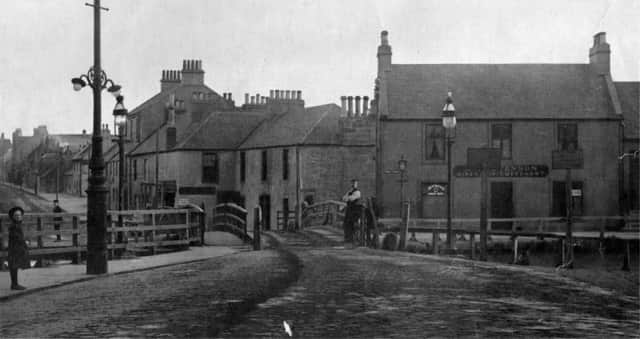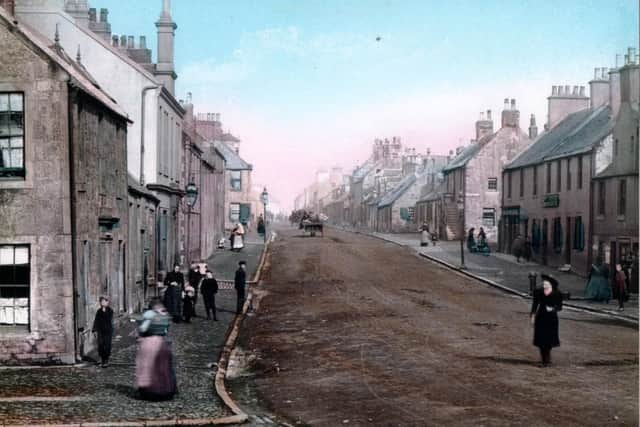Ian Scott: Real story of Bainsford started with canal crossing


It was long believed that it got its name from Brian de Jay, a Templar Knight who was chased from the battlefield and killed after sticking in the muddy burn following the Wallace battle in 1298 (hence Brian’s Ford).
However the explanation is much simpler: in the late 1780s part of the lands of Mungal near the burn was feued to a man called Thomas Bain.
Advertisement
Hide AdAdvertisement
Hide AdWithin this land was the ford which allowed people and carts to cross and so the place became ‘Bainsford’.


Of course the past has no monopoly of inventing place names as we now have streets called ‘Bairn’s Ford’ which falsely link the bairns of Falkirk with the origins of the village creating more confusion for locals and visitors alike.
If I had the courage I’d go out one night and paint over the signs!
Although the arrival of Carron Ironworks in 1759 began the process of changing the agricultural society, the real story of Bainsford started in the 1770s when the Forth and Clyde Canal reached the area.
Advertisement
Hide AdAdvertisement
Hide AdIts junction with the road from Falkirk to Carron created a growth point which was soon filled up with inns and warehouses, coal stores and workshops, loading basins, shops and homes.
Carron Company built a horse drawn waggonway from the works to Burnhouse Basin on the canal just west of Bainsford Bridge which continued to operate through the 19th century.
Until recent times the passage behind the houses on the west side of the road was sometimes called the ‘back waggon’.
Like everywhere else in Falkirk, foundries appeared like Castlelaurie (1854), Abbots (1856) and Burnbank (1860), and people attracted by new work opportunities settled in the area.
Advertisement
Hide AdAdvertisement
Hide AdThe little self supporting school, opened in 1800 by the Bainsford Ploughman’s Friendly Society, was filled to bursting point with 190-odd children in a small insanitary building with no wooden floors.
The Free Church of Scotland sent a missionary to work with the people of the village in the 1870s and the former North End Hall in Mungalhead Road was built to support his labours.
Interestingly he had been working in the same capacity in Falkirk’s Manor Street then still called the Back Row! Later, in 1879, the present Parish Church was built in Hendry Street as the Bainsford Free Church serving the northern suburbs of Falkirk from Bainsford Bridge north to the Carron and to east and west of the main road.
The Victorian era for all its economic success brought real hardship to many in Bainsford who suffered from harsh working conditions, serious overcrowding and poor housing.
Advertisement
Hide AdAdvertisement
Hide AdThe 20th century brought a huge growth in new housing but sadly this coincided with the sharp decline in the foundries leading to high unemployment which for many years was eased by the success of the British Aluminium plant in David’s Loan which employed over 2,500 in the 1960s.
It is gone now as well, leaving the village with little or no manufacturing jobs.
Not too many old buildings have survived either and some like the magnificent red sandstone ‘Big Bar’ have disappeared in recent years.
How on earth our community can allow such assets to simply fall to pieces is beyond me.
Advertisement
Hide AdAdvertisement
Hide AdThe ‘village’ and the people who live there surely deserve better than this.
Thank you for reading this article on our free-to-read website. We're more reliant on your support than ever as the shift in consumer habits brought about by Coronavirus impacts our advertisers.
Please consider purchasing a subscription to our print newspaper to help fund our trusted, fact-checked journalism.
Comment Guidelines
National World encourages reader discussion on our stories. User feedback, insights and back-and-forth exchanges add a rich layer of context to reporting. Please review our Community Guidelines before commenting.
